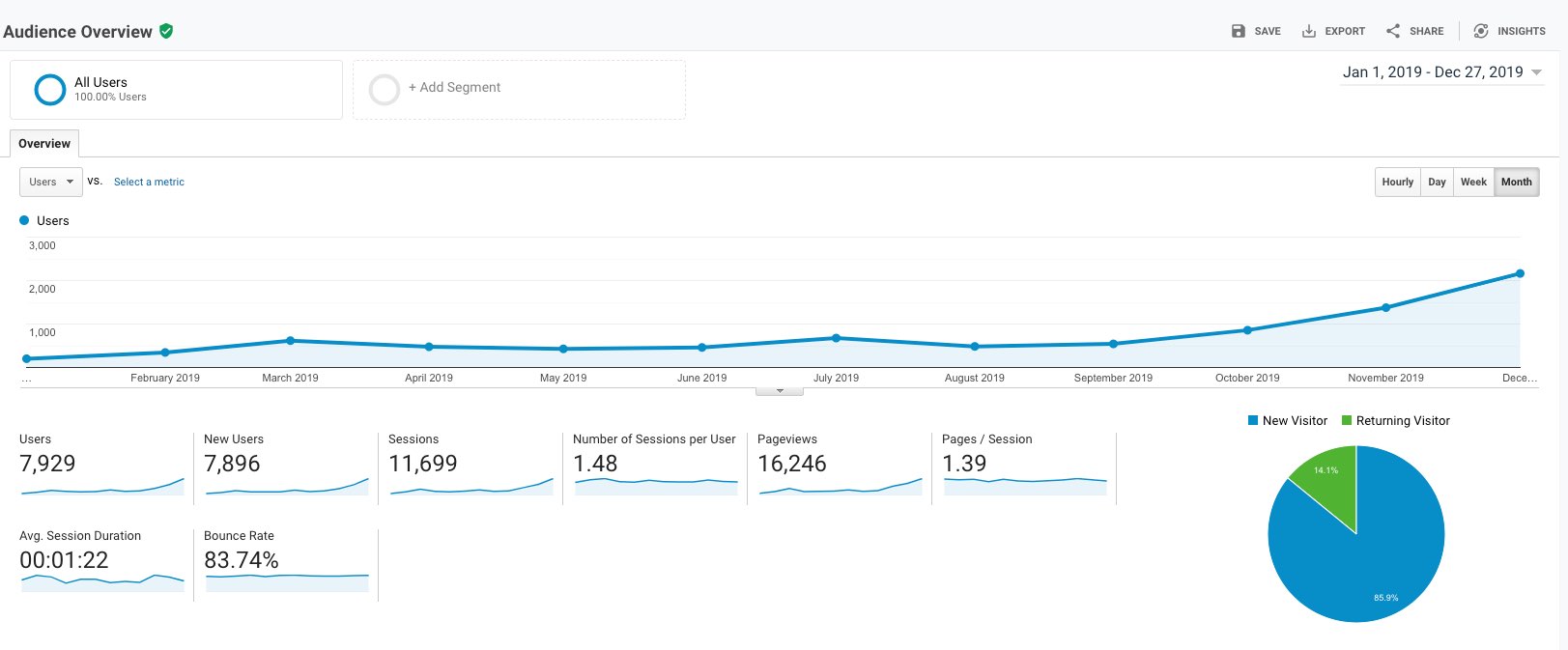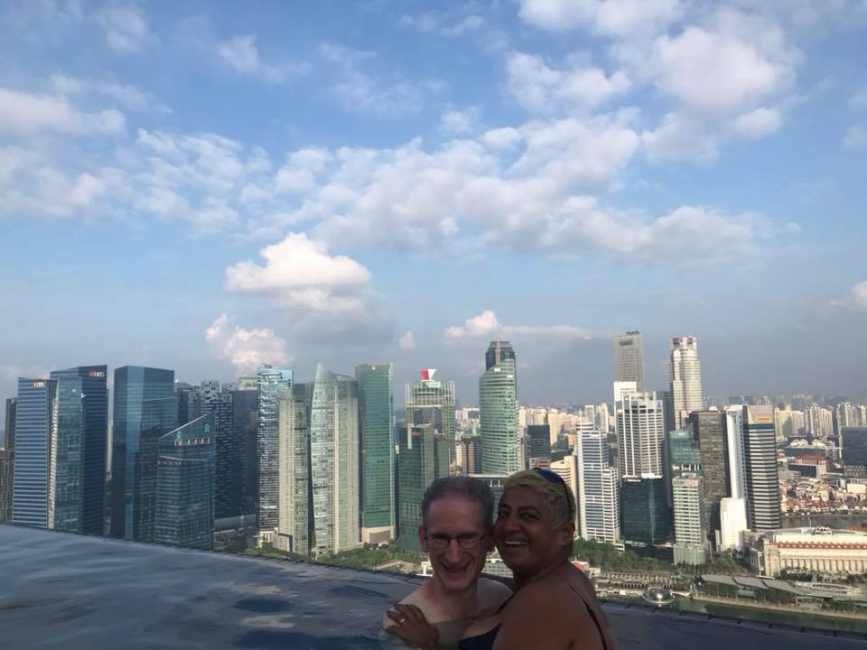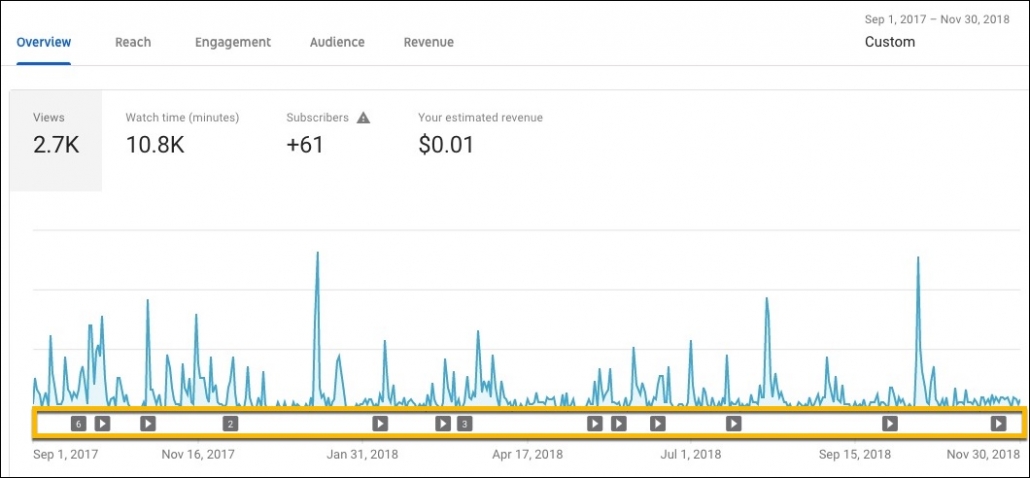Approximately 2% of the adult population in the world suffers from Obsessive-Compulsive Disorder (OCD). You may be familiar with OCD. Perhaps you know someone with this disorder or it affects you. So it’s important to understand OCD and take the right steps to overcome it. This article will explain what OCD is. I’ll then cover my 8 proven ways to help you overcome OCD.
Watch the Video Below:
Listen to the Podcast
What is OCD?
Obsessive-Compulsive Disorder (OCD) is an anxiety disorder. It is characterized by unwanted and repeated thoughts, feelings, and images, known as obsessions. The person then responds to these obsessions by doing certain repeated behaviors or rituals. These are known as compulsions. After a specific behavior or ritual is done, the obsessive thoughts, feelings, and images reduce. The person feels relief, but only temporarily. The unwanted thoughts, feelings and images soon return. If they don’t respond by doing the behavior or ritual, this causes great anxiety.
OCD can range from very mild to very severe. Checking 2 or 3 times if the cooker is off before leaving the house is a mild case of OCD. Checking it 20 or 30 times is much more severe. Someone that washes their hands twice could have a mild case of OCD. But washing hands 20 or more times is a sign of a very severe case.
The Vicious Cycle of OCD
Obsessive-Compulsive Disorder creates a vicious cycle that is hard to break. The cycle starts with an obsessive thought. The obsessive thought generates an anxiety feeling. It then compels a person to perform a certain compulsive behavior or ritual. That behavior gives them relief. The problem is that the relief is only temporary. The obsessive thoughts keep coming back and they feel that they have to do the same compulsive behavior again to get relief. Again, the relief is temporary, so the cycle continues.
What is the Cause of the Anxiety that drives OCD
It’s the person having a fearful, imagined negative outcome in their mind. One that they are scared of. They then do a specific behavior or ritual to prevent it from happening. They think, I am scared of this, but if I do this, it might not happen.
Types of OCD behaviors
There are different behaviors that people with OCD do. These are some of the most common ones.
- Washers or Cleaners – people who are afraid of contamination. They wash their hands repeatedly. Or they obsessively clean their house.
- Checkers – people that are constantly checking things. They obsessively check if the oven is off or if they locked the door. They fear that some kind of harm or danger will happen if they don’t do that. And they would be blamed for it.
- Losing control – These people are afraid that they might harm themselves or others by losing control or the ability to do or not do certain things.
- Hoarders – people who believe that something bad will happen if they throw something away.
- Orders and Arrangers – people who like to have things in a certain order. They do that to feel calm and if things are not in a certain order, they get an anxiety feeling.
- Touchers – people who touch something. Often it’s a door or the floor or a wall. They believe that if they do that, everything will be okay. But if they don’t do that, something bad will happen.
The OCD Behavior Makes Complete Sense
When I help people to overcome OCD, I always have one principle in the back of my mind, which is the OCD behavior makes complete sense to the person. If you’re suffering from OCD, you already know this. The behavior that you’re doing makes complete sense to you.
However, if you have a friend or a family member that’s suffering from OCD, it’s probably hard for you to believe that. But if you are willing to help a person with OCD, the first thing to know is that the OCD behavior makes complete sense to them. They are thinking, I must keep doing this because if I don’t, something bad could happen.
If you’re suffering from OCD, there are 2 great questions to ask yourself:
- What is the bad thing that you are imagining?
- If that bad thing happened, how would you feel?
Take a bit of time out to work out what that is.
How to Overcome OCD Behaviors
There are many ways to overcome OCD behaviors. I am going to cover those that I have found to be the most useful and effective.
1. Identify and Write Down Your Triggers
Write down the thoughts or situations that bring on that OCD behavior. For example.
- You’re getting ready for work and you start thinking about locking up and all the things you need to check.
- You are in a public toilet and you are thinking about being contaminated.
- You’re switching off a tap and you start thinking about the house being flooded if you don’t turn it off properly.
Rate the Intensity
The next thing is to rate the intensity of each of the triggers on a scale of 1 to 10. Think about the feelings that come from them and give them an intensity score. This will help you anticipate those feelings or urges. Then you can give that certain task your extra attention so that you remember that you’ve done it. And later, be certain that you’ve done it.
2. Learn to Resist the OCD Compulsions
If you want to overcome OCD, don’t avoid situations that cause it to arise. Let’s say you’re leaving the house and locking up, and your partner or flat mate is with you. If they lock up instead of you, then they take responsibility (and blame) if they don’t lock up correctly. Seems like an easy way out. However, if you keep doing this regularly, that will make the anxiety feeling worse when you next need to lock up correctly on your own.
Exposure and Response Prevention (ERP) Technique
Exposure and Response Prevention (ERP) is one of the main therapeutic techniques used to treat OCD. If you go and see a psychologist or a psychotherapist, this is the process that they will normally start with.
With ERP, you expose yourself to the situation that causes your OCD behavior, but then you do not do the OCD behavior. Instead, you sit and feel the anxiety feeling. You allow that feeling to be in your body, to sit with it. Over time, your anxiety feeling will begin to reduce. It’s almost like you’re facing the feeling. You’re facing the fear. When you do that, it starts to reduce.
Start with Low Anxiety Situations
The challenge with Exposure and Response Prevention (ERP) is that you have to do it many times before the unconscious mind picks up on it. It’s always best to start with situations that have a low anxiety or low fear threshold. Remember, step 1 where you identified the intensity of the different OCD behaviors. Start with ones that have a low-intensity score and then work up to the ones that have a higher score.
3. Create a New Ritual
Your old ritual has become a pattern or a habit because you’ve done it so many times in the past. A great step on your way to overcoming OCD is to create a new ritual or habit.
A new ritual must:
- Keep you concentrated on the task, not the fear
- Be memorable so you can later remember that you have done it
- Be done for 17 seconds or more
With the old ritual, while you are doing the task, you are thinking about the fear and not the task. So when you go away, you wonder if you have actually done it? The new ritual needs to be something that you can do with complete concentration. You want to be absolutely certain that you have done it. And you want to later remember that you have done it.
Let’s say you’re checking if a tap is off. While you’re checking, your mind is imagining the house being flooded. You’re getting the anxiety feeling from imagining the flood. As a result, you’re not actually checking if the tap is off. So you go away and then a few minutes later you wonder if you turned the tap off at all. So you go back and check it again.
This new ritual is temporary. You won’t need to do it for the rest of your life! It’s designed to get you concentrating completely on the task and not the fear. So you can be certain you’ve done it and later remember you’ve done it. This ritual will also help you feel calm and in control. When you feel calm and in control, the anxiety feeling is a lot less.
17 Seconds or Longer
Our mind usually thinks about one thing for 3 or 4 seconds, then it switches to something else. During the day we often have lots of different thoughts for just 3 or 4 seconds. When you focus on something for 17 seconds or longer, your unconscious mind realizes that it is important. And it pays attention to it.
In practice, these new rituals could look like this:
- You could hold your hand under a tap that is off for 17 seconds and focus completely on the feeling of your hands.
- You could hold the cooker or oven knob in the off position for 17 seconds and notice the feeling of your hand on that knob.
- After you lock up, you could push the door for 17 seconds to feel the resistance of the locking mechanism.
A new ritual shows that you can change your OCD behavior. This increases your belief that you can get rid of this OCD behavior and ritual completely. So think of the new ritual as a step to overcoming your OCD behavior once and for all.
4. Focus on What You Want and Turn it into a Mantra
A mantra or an affirmation is a statement that you repeat often. And to overcome OCD, I suggest that your mantra or affirmation should:
- Contain a statement that you will only do the behavior once.
- Include the words certain and remember.
- Address the underlying fear.
Examples of Affirmations for OCD
Here are some example mantras or affirmations to help overcome certain OCD behaviors:
- When I turn the taps off once, I can be certain that they’re off and I’ll later remember that they’re off. I’ll know that the house will stay dry as a result.
- When I lock up once, I can be certain that I’ve locked up and I’ll later remember that I’ve locked up, so that when I return all my belongings will be safe.
- When I wash my hands once I can be certain that they’re clean and I’ll later remember that they’re clean. As a result, my hands and my body will be free from any contamination.
In the last example, I’ve mentioned the word “contamination”. This is not ideal, as the unconscious mind will think about that word. However, I couldn’t think of a better example. When you can, try to address the fear in your affirmations by using positive words that won’t focus the mind on the fear.
5. Separate the OCD from Your Identity
All behavior stems from your sense of who you are, your sense of self, and your sense of identity. It’s important to know that OCD is not you. It’s just a behavior that you do. So instead of saying my OCD, say that OCD or this OCD. That way you are separating the OCD behavior from your sense of identity. And your unconscious mind will pick up on that and OCD will become a smaller part of who you are.
6. Challenge Obsessive Thoughts
Remember that the OCD behavior always starts with a thought that leads to an anxiety feeling that then causes the behavior that results in temporary relief. If we can deal with the thoughts, we are closer to the root cause. A key thing here is to not repress those obsessive thoughts. If you do that, they will keep coming back. It’s better to sit with them and deal with them. This is a similar approach to the ERP method.
Write Obsessive Thoughts Down
It’s helpful to write down your thoughts. When you do that, you’ll get clarity on what those repetitive and obsessive thoughts are. They become so much clearer once you write them down. Their power reduces. Remember, they’re just thoughts. They may be unwanted, intrusive, even violent. But they are still just thoughts. The importance you give to these thoughts is what provides them with meaning.
If you begin to let those thoughts go, if you begin to challenge them and ask yourself what other meanings they could have, then you’ll see the power of those thoughts beginning to reduce.
7. Medication
OCD responds very well to certain types of medication. This has led some people to believe that OCD is a kind of chemical thing in your body. That’s not quite my belief. I believe that medications help reduce the anxious feelings behind OCD. But the obsessive thoughts still remain. However, when the feelings are less intense, there is less emotion driving the behavior. So, the behavior will probably reduce as well.
Medications also release serotonin, which is a feel-good hormone. It makes you feel better. So medication can be useful, especially when you’re dealing with the root causes. It can provide some relief while you’re working on the thoughts that have been causing the anxiety feelings.
8. Get Help from a Hypnotherapist
As I mentioned earlier, the main approach that a psychologist or psychotherapist uses is Exposure and Response Prevention (ERP). This technique can feel uncomfortable. It can take a few sessions and a lot of work to overcome OCD. It doesn’t always address the fear behind it. In my opinion, this is essential for the OCD behavior to go away once and for all.
I use 3 different techniques or processes, when I help people with OCD, either face to face in Sydney or online, via Skype or Zoom.
- Regression. I take the person back to the source of what caused the OCD experience. Often, there is something that happened in the past that started the OCD behavior. Once found, we can release the fears and the feelings from that past experience. That allows the unconscious mind to respond differently when the stimulus that drives the old OCD behavior next happens.
- The Rewind Technique or Fast Phobia Cure. This technique is highly effective when a difficult or traumatic past event caused the OCD behavior. This technique scrambles the past event in your mind and releases the feelings at the same time. As a result, your mind will think differently when that situation happens again.
- Detach Yourself from the OCD Experience. OCD is almost like a hypnotic trance. So a good hypnotherapist can help you de-hypnotize yourself.
So if you, or someone you know, suffer from OCD, I highly recommend applying the steps I presented in this article. They are very helpful and proven to be effective.
If You Need Help, Contact Me
If you feel you need some help and you would like me to help you overcome OCD, then click here to find out more information. Hypnotherapy can be done extremely effectively online, using Skype or Zoom. Also, we can work together at a time that is most convenient for you. I look forward to helping you overcome OCD once and for all.
Thank you for reading this article. If you enjoyed it and found it useful, then please share it with other people, or on social media.
Hope you are having a wonderful day!
Paul















